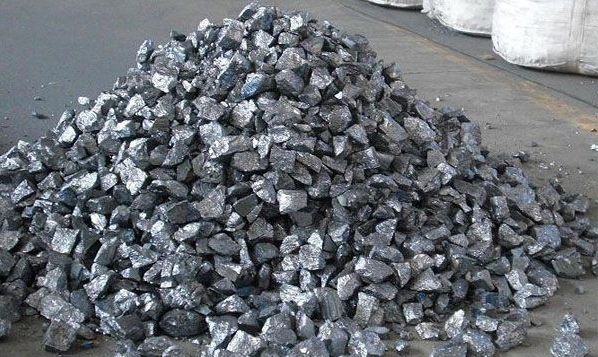
In the realm of steel production, the quality of the final product is of paramount importance. Deoxidation is a critical step in the steelmaking process to ensure the removal of undesirable oxygen from molten steel. One method that has gained prominence is calcium treatment, a process that involves the addition of calcium to facilitate effective deoxidation. This article delves into the significance of calcium treatment for steel deoxidation, exploring its mechanisms, benefits, and implications for the steel industry.
Deoxidation is essential to prevent the formation of harmful oxides that can compromise steel properties. During steelmaking, oxygen in the air can react with molten steel, forming oxides that weaken the material. Calcium, when added in controlled amounts, reacts with oxygen to form calcium oxide (CaO) and calcium aluminate (CaAl2O4) compounds. These compounds are more stable than the original oxides, and they can be efficiently removed from the steel matrix through processes like slag formation.
2Ca + O2 -> 2CaO
3Ca + Al2O3 -> 3CaAl2O4
The generated calcium oxide and calcium aluminate inclusions float to the surface of the molten steel due to their lower density compared to the liquid steel. This separation ensures the removal of undesirable oxides, resulting in cleaner and more homogeneous steel with improved mechanical properties.
Improved Steel Quality: Calcium treatment leads to a reduction in the oxygen content of steel, contributing to enhanced material quality. Lower oxygen levels translate to improved strength, ductility, and toughness, all of which are crucial factors for the performance of steel in various applications.
Enhanced Castability: The presence of excessive oxygen can hinder the castability of steel, leading to defects like piping and porosity. By effectively deoxidizing the steel, calcium treatment reduces the occurrence of such defects, resulting in a smoother casting process.
Reduced Inclusion Content: Undesirable inclusions, formed during steelmaking, can have adverse effects on steel properties. Calcium treatment not only removes oxygen but also modifies and agglomerates inclusions, making them easier to remove through slag or filtration processes. This contributes to a cleaner steel matrix with improved mechanical integrity.
Environmental Considerations: Calcium treatment can contribute to environmental sustainability by reducing the need for energy-intensive deoxidation methods. Traditional methods, such as aluminum deoxidation, involve higher energy consumption. Calcium treatment offers a more energy-efficient alternative, aligning with the industry's efforts to minimize its carbon footprint.

While calcium treatment offers significant benefits, it's essential to address potential challenges:
Calcium Loss: Excessive calcium addition can result in calcium loss through slag. Finding the optimal balance between effective deoxidation and calcium retention is crucial to prevent unnecessary wastage.
Alloying Effects: The addition of calcium can influence the alloying elements present in the steel, affecting its final composition and properties. Close control of the alloying process is necessary to achieve the desired steel characteristics.
Process Integration: Incorporating calcium treatment into existing steelmaking processes requires adjustments and careful planning to ensure consistent and effective results.
Calcium treatment for steel deoxidation is a vital process that contributes to improved steel quality, enhanced mechanical properties, and sustainable steel production. By effectively removing oxygen and modifying inclusions, calcium treatment paves the way for cleaner, stronger, and more reliable steel products. As the steel industry continues to innovate and optimize its processes, calcium treatment remains a valuable tool in the pursuit of high-quality steel for diverse applications.

Write a Message